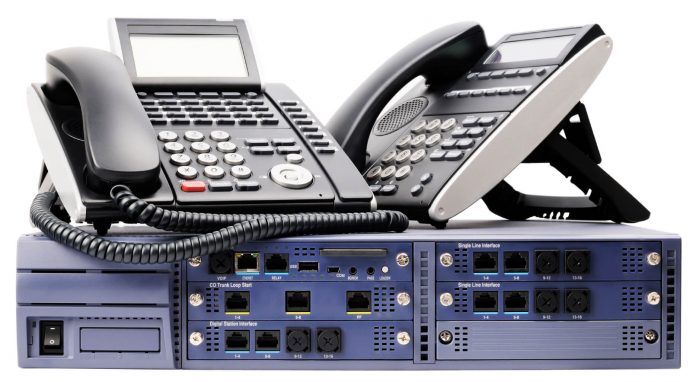This system is a cost-effective alternative for telecommunication. Business organizations have diverse needs and different types of an EPABX system are available in the market according to these needs.
Analog PBX
This system uses physical linkages to the fax and telephones to manage outgoing and incoming calls. The connection is achieved through copper wiring. As the connection is physical, manual control is required to operate this system. These are found in small organizations and homes.
Digital PBX
This is a newer version of PBX and is operated by converting the sound signals into digital packets. These packets make the transfer easy and reliable. Circuit switching is utilized in this type of EPABX. These connections are also achieved through cables and the signals are transferred as radio waves.
IP PBX
It uses a voice-over-internet protocol to provide connections inside an enterprise. A network interface (without cables) run this system. They are easily and automatically maintained. And multiple calls can be managed simultaneously over a single network. Multimedia communications also run on IP PBX.
Hybrid PBX
It is a merger of IP and Digital PBX. Phones operating on analog systems using manual controls can be converted to this system. This is the most advanced and featured type.
Different needs like cost-effectiveness and structure of the firm decide which type of EPABX is to be utilized.
How to install an EPABX system?
Installing this system has some pre-requisites. These include choosing an ideal place, configuring and designing the lines through connection diagrams, and wiring.
An outline
Installation of the key service unit is the first thing to take care of. KSU is the CPU of the system and it must be connected to all the telephones and lines working on the system. An electric screwdriver and a proper mounting kit are needed to affix the unit. The unit should be mounted on the wall to protect it from harsh conditions. And an electric drill is needed to initiate the setup.
The next step is to plug in the circuit cards. These are important for facilitating communication and voicemail services. They are to be inserted in the sides of the KSU, with numbered slots.
Now you can connect the telephones to the KSU with the help of phone cords, provided by the company. After the installation, turn on the KSU to verify its setup and keep in mind that all lights should be turned on. If any light remains off, your setup is incomplete. The verification moves to the telephones now. Turn on the telephones and check if they are all connected to the KSU.
Then the units are coded or numbered to provide extensions and this is done by following the manual properly. Documentation of these codes is necessary for future reservations. At last, make phone calls externally and internally to test the service, and contact the vendor in case of complications.
In a nutshell
Installation of an EPABX system is tedious and time-taking, but if you follow the manuals explicitly, it can be done successfully.

